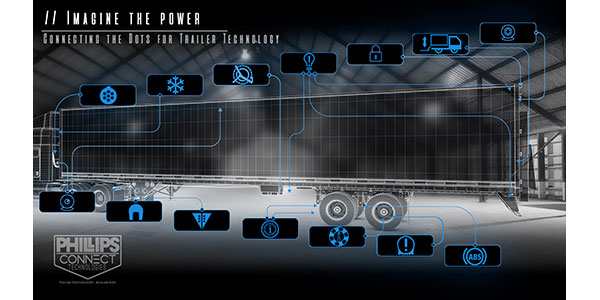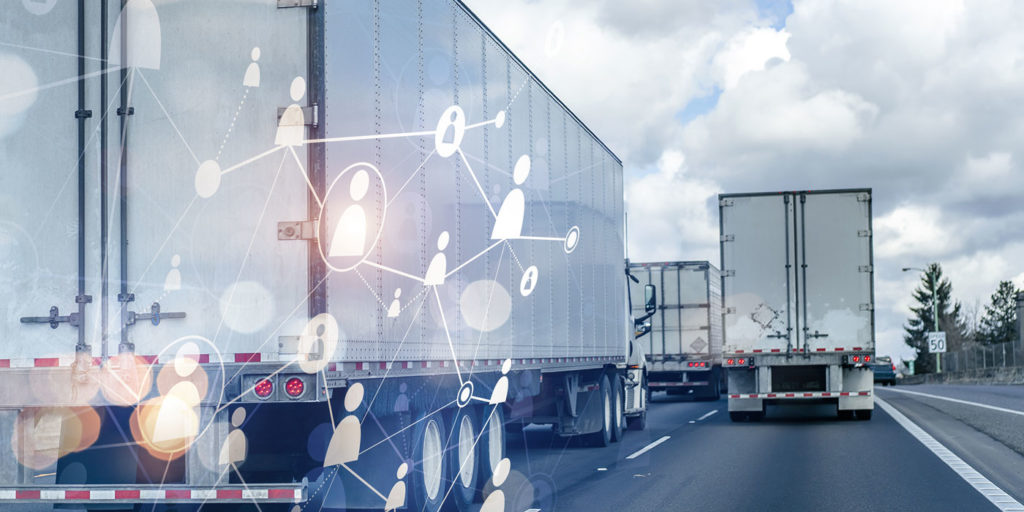Trailers have been historically low tech, but now many fleets want to take advantage of high-tech telematics capabilities to upgrade these assets to get more from them. Where to start? Is it an all-or-nothing proposition, and can I make telematics work for my fleet without over-burdening the organization?
Trailer telematics mean different things to different segments of the industry.
Initially, most fleets and industry suppliers targeted trailer tracking as a good place to start. Most of us remember the days when trailers were “lost” for a good portion of their lives and in fact, fleets purchased more trailers than they really needed because half the time they couldn’t find a certain percentage of the ones they had. So, for a fleet, finding those “lost” trailers returned a significant ROI and the products to track trailers proliferated.
Today, with the right telematics sensors a fleet can measure a host of trailer health metrics including tire pressure, lights, door lock, air tank pressure, wheel ends, voltage, ABS fault codes, interior temperature and cargo, weight, and more. A fleet can also stop unauthorized use with a smart gladhand and know a trailers health before it is scheduled to be picked up to reduce wasted miles and time.

Not all fleets want, need or can absorb all this information from their trailers, but they may want some of it and are looking for the right mix of overall capabilities, a reasonable cost for their operation and an easy way to see and use the information delivered by telematic sensors on their trailers. Multiple sensors, multiple fees and multiple information gateways may reduce the value of the information. The challenge, then, is to make telematics work for individual fleets no matter their size or profile. And also to be able to grow along with the fleet by adding capabilities as they are warranted without redesigning the wheel.
As Phillips Connect started building its capabilities and developing products to meet this new environment, for example, one feature that stood out from listening to our Fleet Council was a need for a device that could consolidate multiple sensors from any supplier into one central GPS trailer tracking “hub,” with one service fee and one dashboard to simplify their jobs and eliminate as much downtime as possible. Phillips Connect’s technology roadmap is heavy on leveraging the power of our supplier partnerships, and we’re putting great attention towards designing products that are fast and easy to install whether on new trailer builds or for upgrading old trailers with the aim of converting low-tech trailers into high-tech, valuable assets.
This story was contributed by Phillips Connect’s Jim Epler.













